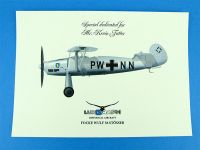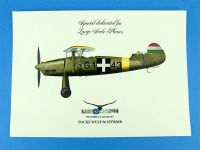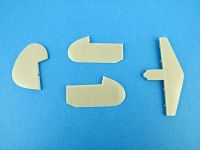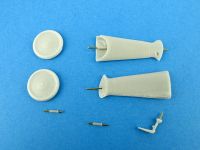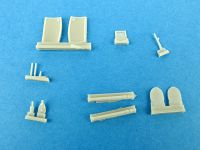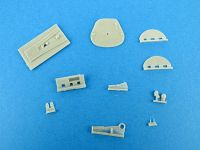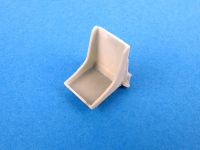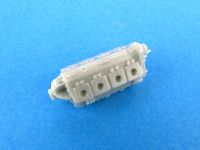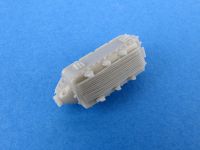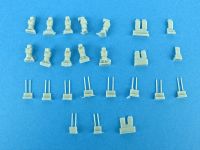Lukgraph | 32-06: Focke Wulf 56 Stösser
Reviewed by Kevin Futter

Lukgraph is a relatively new resin kit producer from Poland, specialising in esoteric between-the-wars aircraft. This kit of the Focke-Wulf Fw 56 Stösser [Wikipedia] is the company's sixth entry into 1/32 scale. This subject matter should have wide appeal, and I find it both admirable and courageous that a manufacturer would release a boutique kit in 1/32 scale of a reasonably esoteric subject such as this. We certainly live in bounteous times!
The kit itself ships in a small, but sturdy cardboard box, with the contents parceled out into resealable bags, and the whole lot protected by a sheet of bubble wrap:
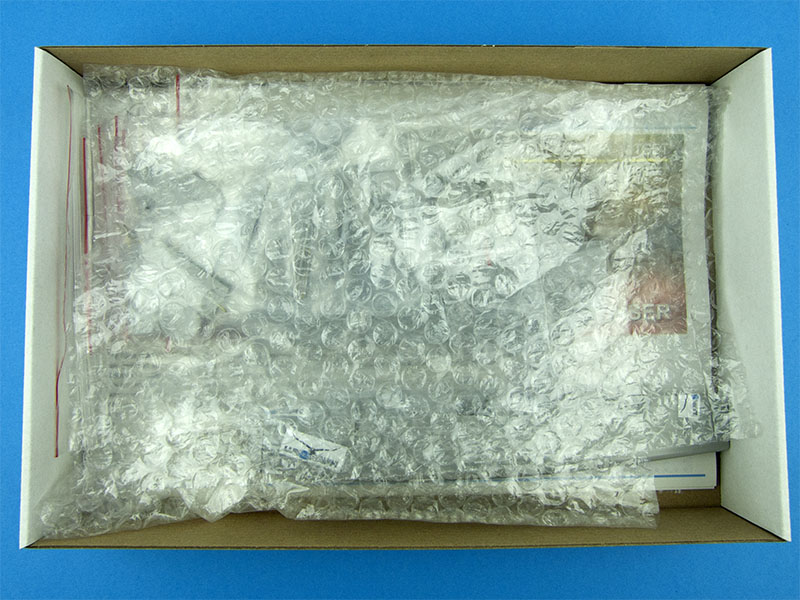
Here's what you get in the box:
- 120 resin parts
- 1 photo-etched fret
- 1 small sheet of clear acetate
- 1 small sheet of printed instrument faces (pre-cut, self-adhesive)
- 2 decal sheets
- 1 full colour instruction booklet
In my sample, there were also two bonus personalised postcards, which I thought were a nice touch:
The Fuselage
The company's website says the kit contains 120 resin parts, so let's take a look at them. The resin itself is a mid-grey colour, similar to many injection-moulded plastic kits. The fuselage halves have already been removed from their casting blocks, and ship taped together:
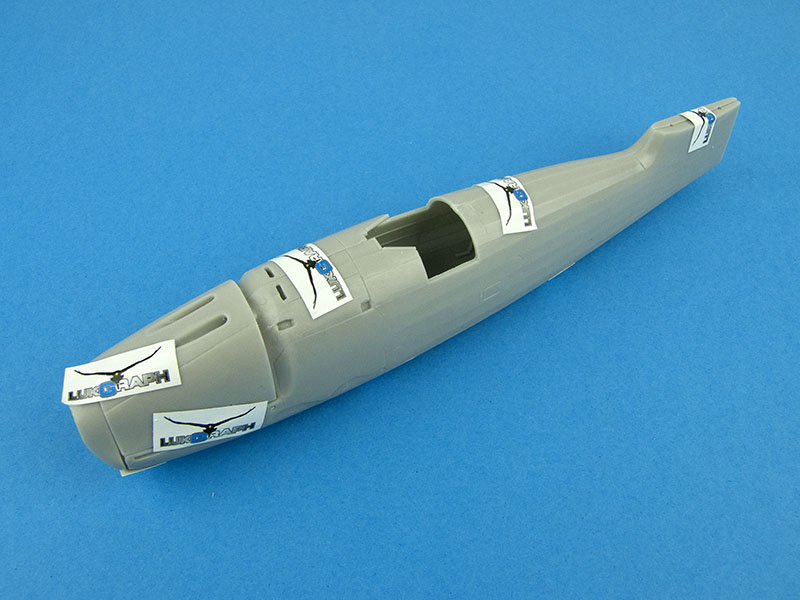
Lukgraph is even using branded tape to keep the parts together now! Note that there are four pieces in all, as the engine cowl and forward cap are separate parts.
The casting is generally very good, though there are a few rough edges. The fabric effect is nicely captured:
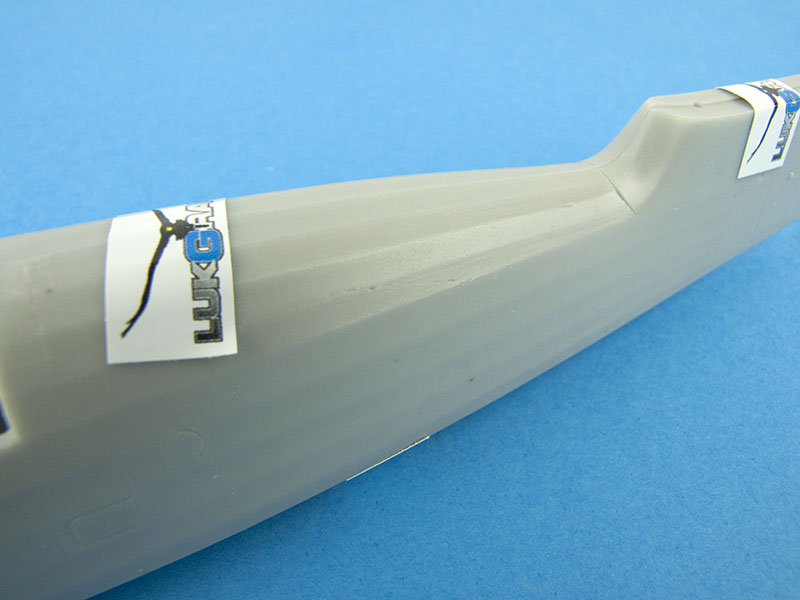
A bit of clean-up will be required along the seams, where the casting plinths have been removed:
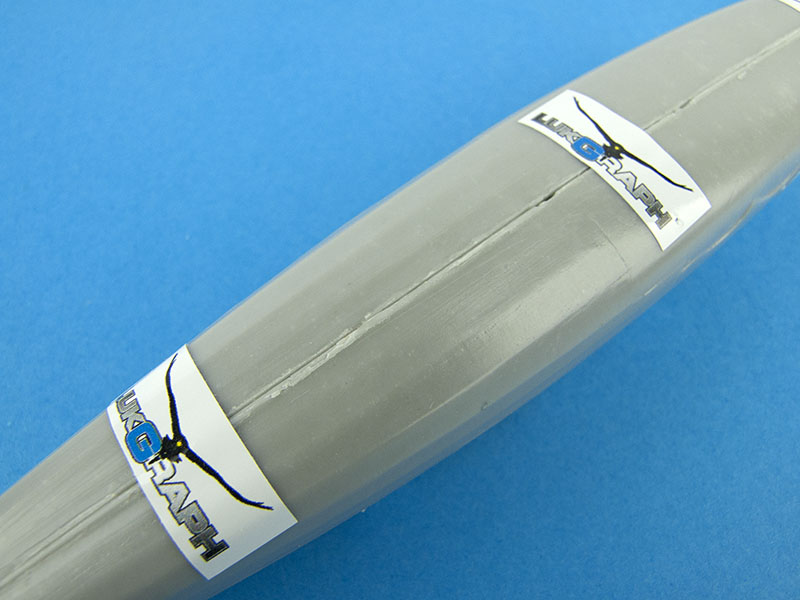
There's also an unfortunate moulding flaw on the forward fuselage end-piece:
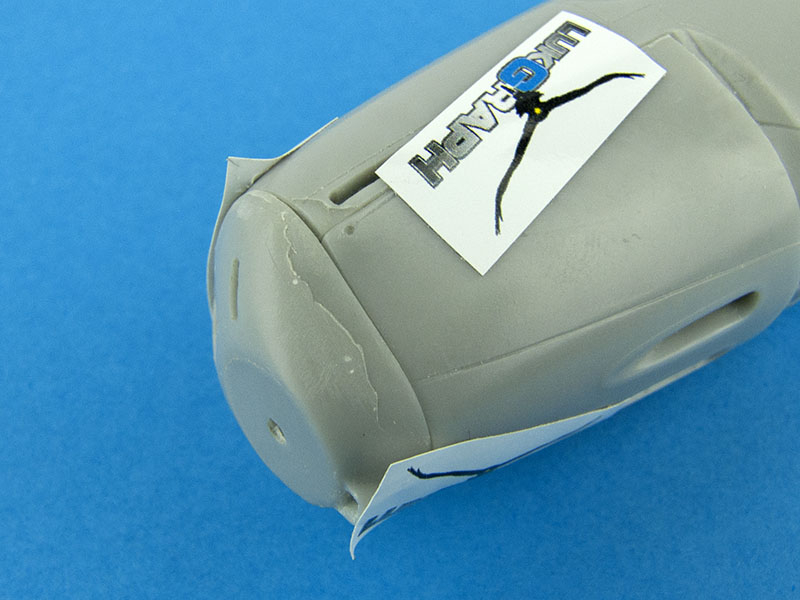
This is a shame, but should be easily repairable. Some of the scribed panel lines are a little soft in places, and disappear altogether in others, so some remedial work may be required there.
The Wings
The rest of the parts are distributed throughout a collection of resealable plastic bags, and one in particular is quite heavy. This is because it contains the wings, which are cast in solid resin:
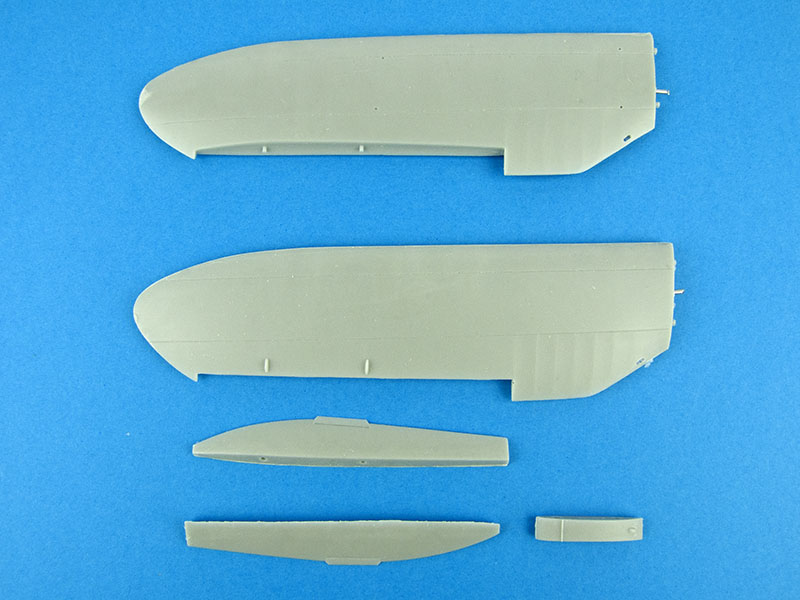
The two main wing sections attach to a small central piece via resin locating lugs, as well as a piece of metal rod. This should make for a suitable strong join, but you'll need to be careful in setting the correct dihedral across the entire wing (this is shown in the instructions as being 10mm at the wingtips).
Once again, the fabric effect is nicely subtle:
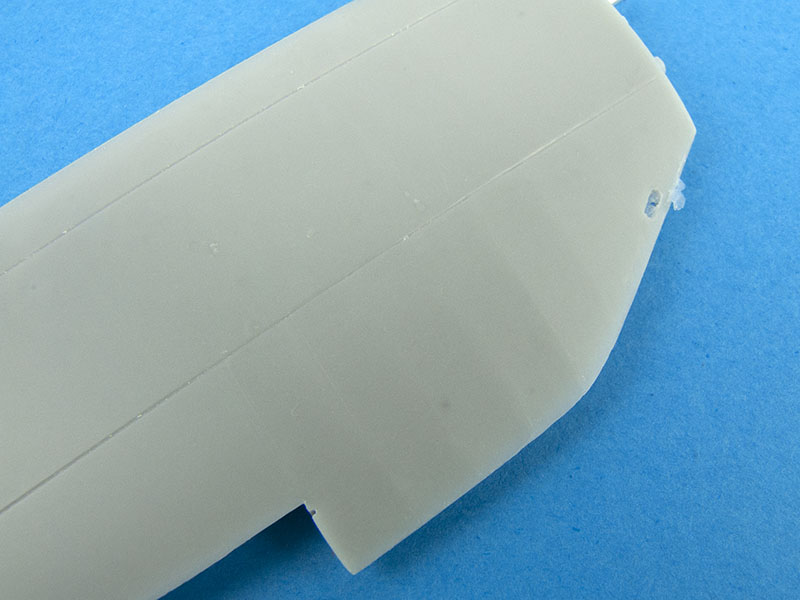
Being of parasol design, there's only a single pair of upper wings, which require a set of struts to attach to the fuselage:
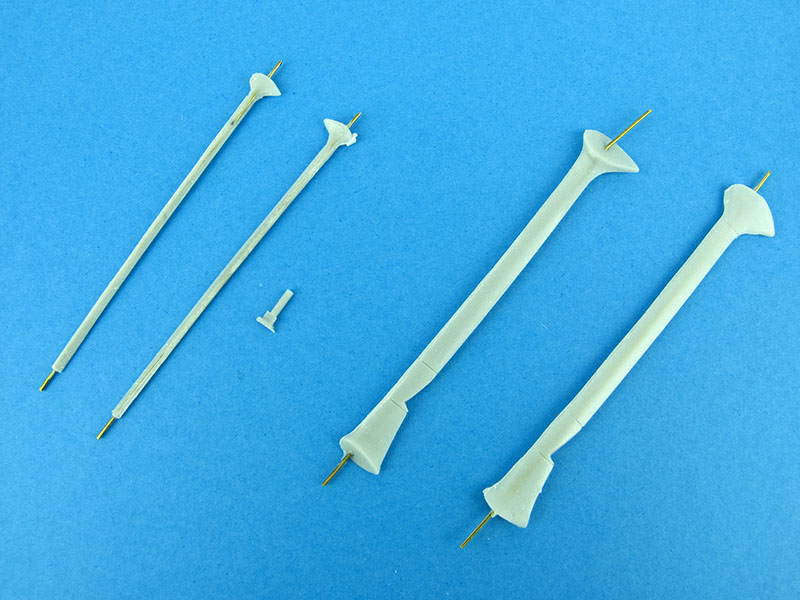
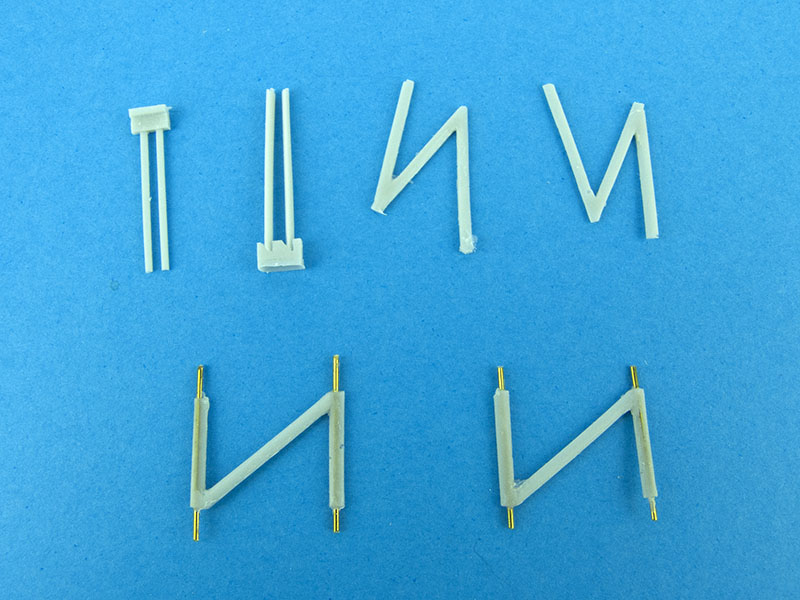
The main load-bearing struts are reinforced with metal wire (either copper or brass) for additional strength.
The Detail Parts
The detail parts are housed in several more resealable plastic bags, which are themselves contained within one larger bag.
The wheels exhibit some rough casting, but should be fine after some clean-up:
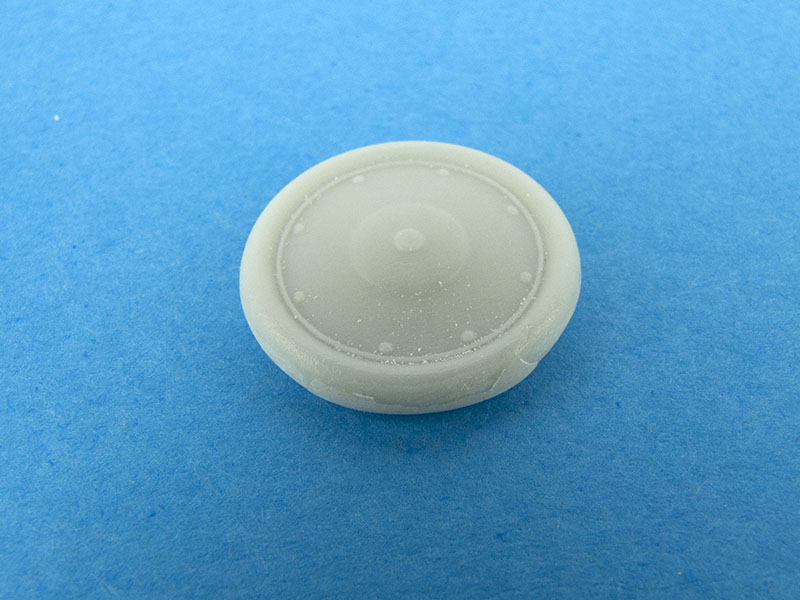
The machine guns are nicely done, but appear to be quite fragile:
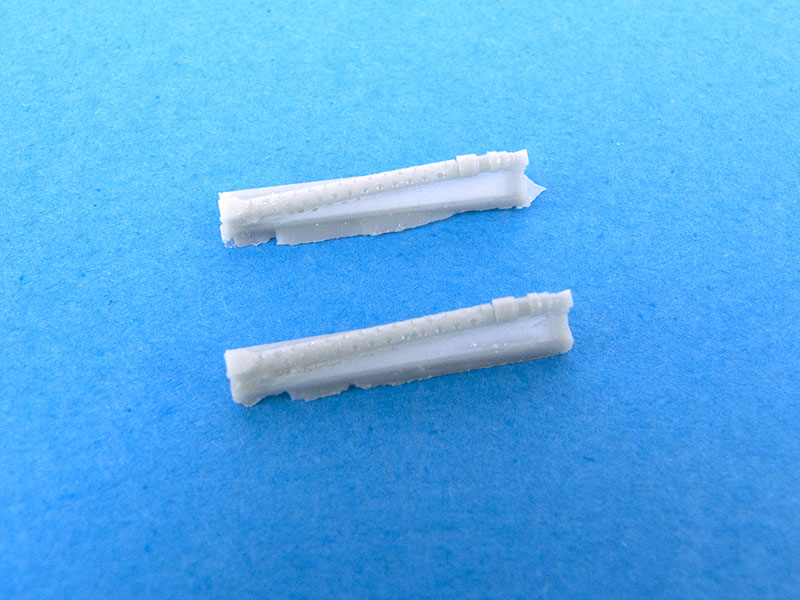
I'll be looking to see if there are suitable replacements available in turned brass, though I'm sure the kit parts are eminently usable.
Two types of propellor are included in the kit:
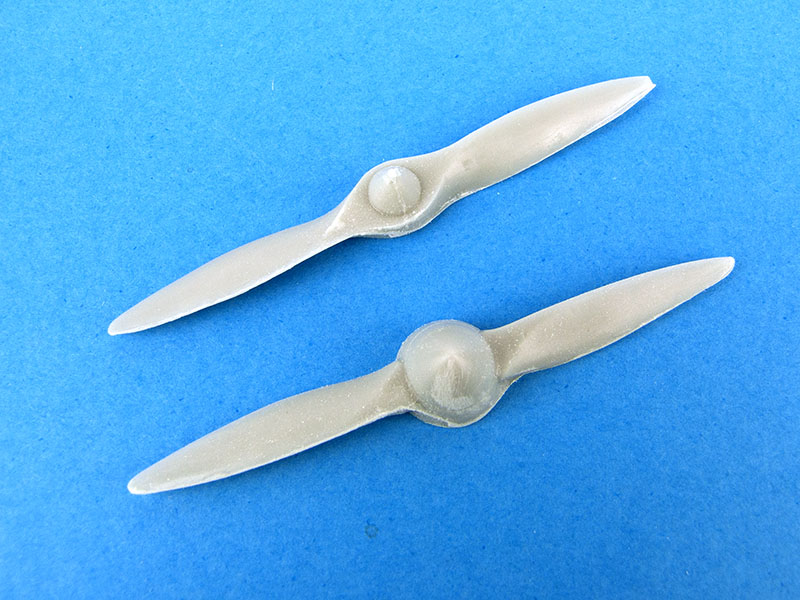
Again, these are slightly rough, but should present no real problems once cleaned up.
The engine deserves a special mention, as it's built from a multitude of parts, and should be quite impressive with careful construction and painting:
The Windscreen
For the windscreen, the kit provides a small sheet of clear acetate:
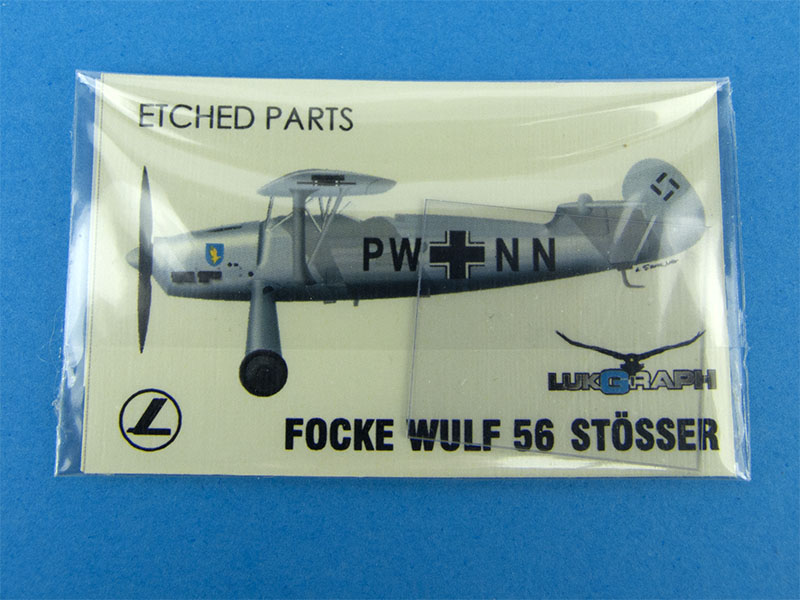
You're not left completely to your own devices, however, as a self-adhesive sheet of templates is provided:
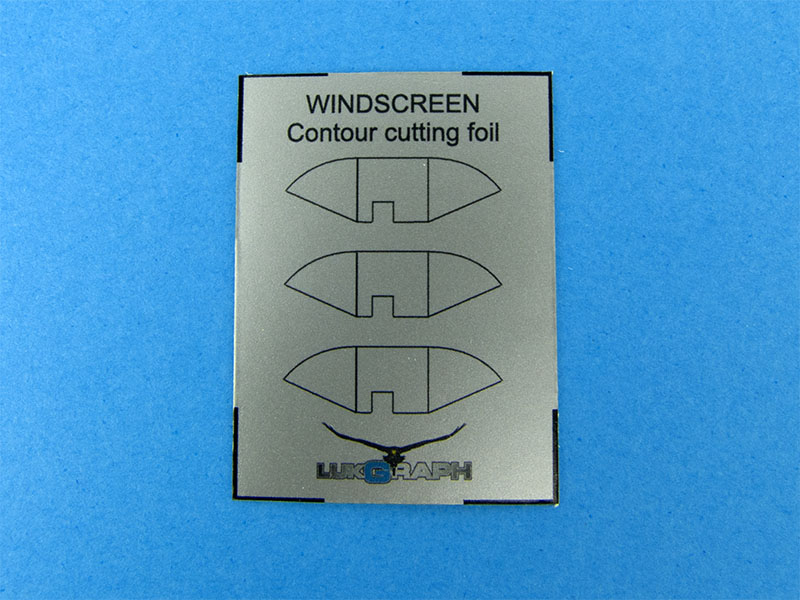
These are not pre-cut, but should greatly assist in forming the acetate sheet into the correct shape for the windscreen. There's enough material supplied for three attempts, so you can afford to screw it up a couple of times! Photo-etched parts are provided for the framing.
The Photo-Etched Fret
The kit includes a small fret of photo-etched parts, including seat belts, an instrument panel, and other details:
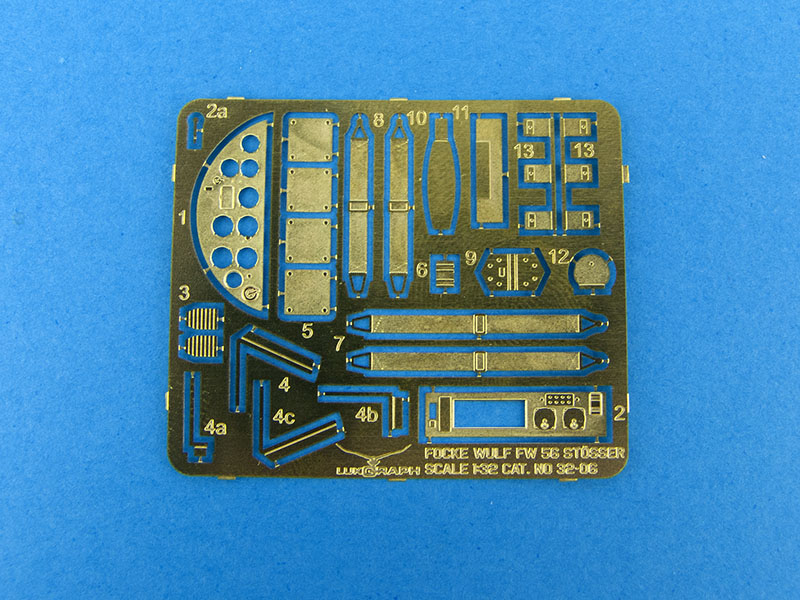
The instruments for the instrument are printed on a piece of self-adhesive vinyl:
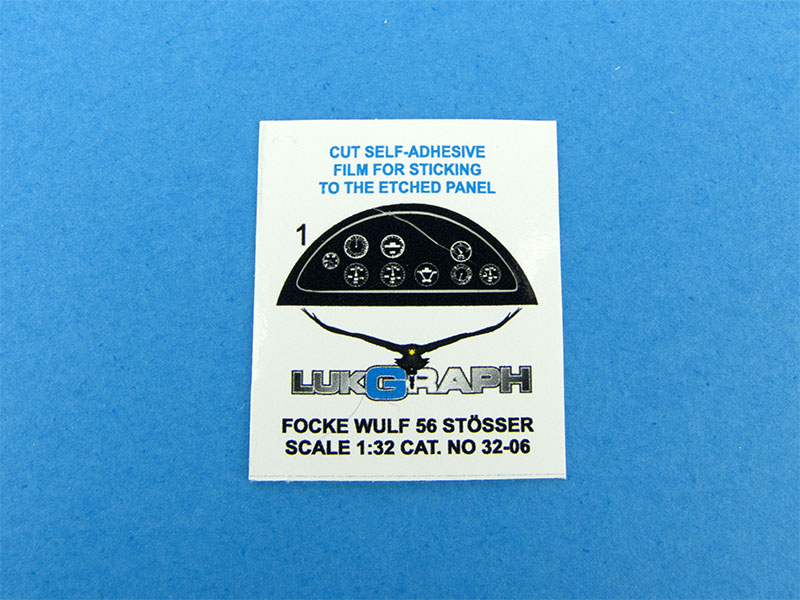
This sheet is designed to be sandwiched between the front photo-etched panel, and a resin backing piece. It's quite nicely printed, and the result should be quite effective.
Decals and Markings
The supplied decals are quite extensive, taking up two full sheets. They're silk-screened, and appear to be printed in-house:
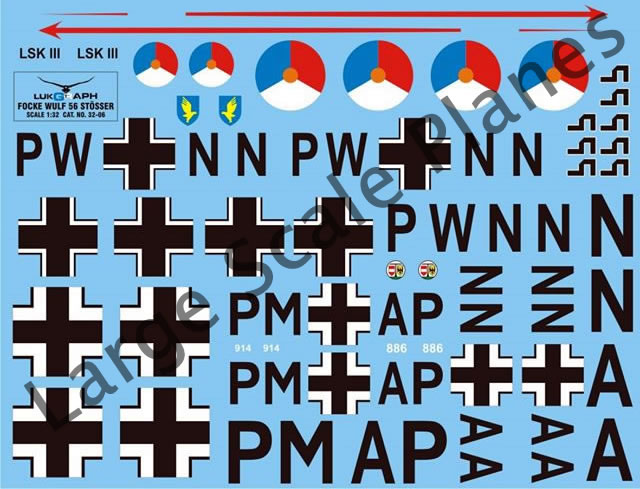
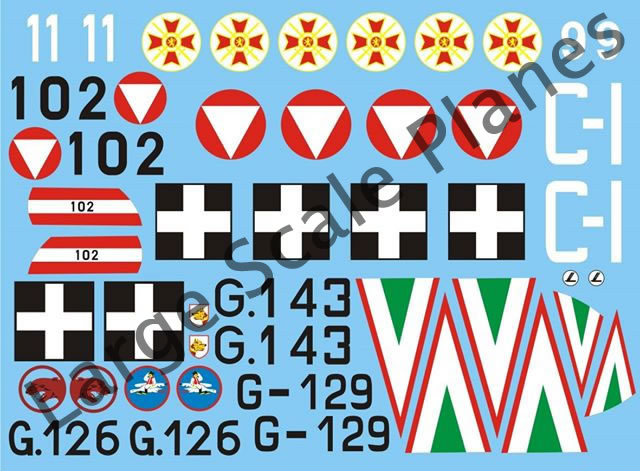
Registration and colour density are generally very good.
Markings are provided for no less than ten aircraft:
- Focke-Wulf Fw 56, G-129, Hungarian Air Force
- Focke-Wulf Fw 56, G.126, Hungarian Air Force
- Focke-Wulf Fw 56, G.1+43, Hungarian Air Force
- Focke-Wulf Fw 56, C-1, Spanish Republican Air Force
- Focke-Wulf Fw 56, 11, Bulgarian Air Force
- Focke-Wulf Fw 56, 102, Austrian Air Force
- Focke-Wulf Fw 56, LSK III, Dutch Air Force
- Focke-Wulf Fw 56, PW+NN, Luftwaffe
- Focke-Wulf Fw 56, PM+AP, Luftwaffe
- Focke-Wulf Fw 56, NN+AA, Luftwaffe
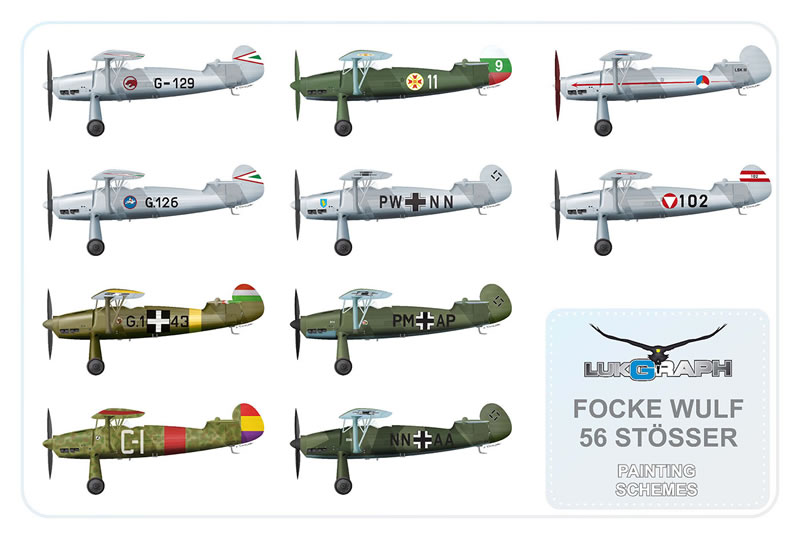
Full painting guides are provided inside the instructions.
Instructions
The kit's instruction booklet is a full-colour, saddle-stitched affair whose spine is across the top, rather than along the left edge:
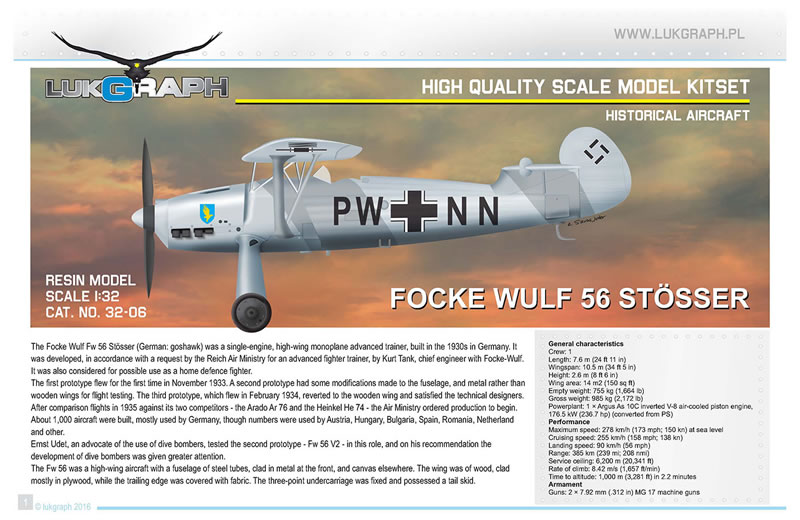
It's printed on quality glossy paper stock. Inside though, we see the expected exploded-view assembly diagrams, with annotations, and colour call-outs:
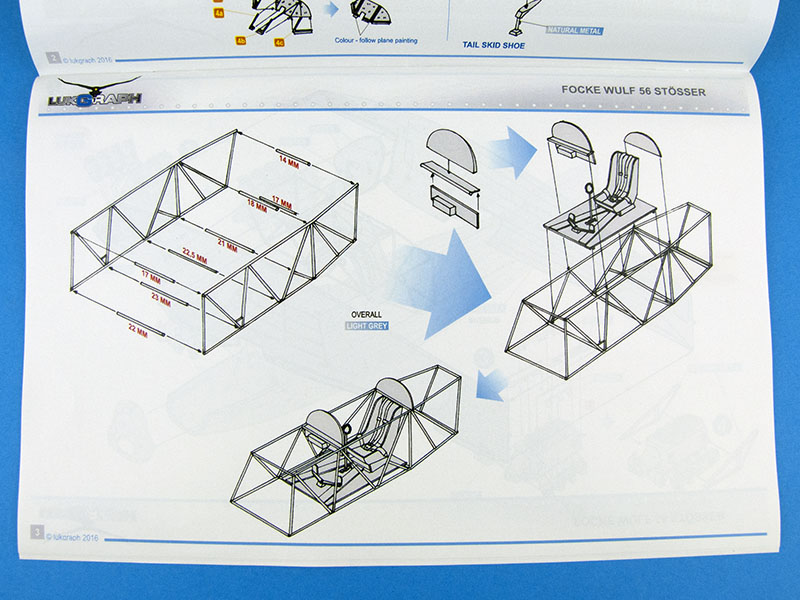
The assembly sequence as shown seems clear and logical, though locating and identifying all those small parts correctly will be a challenge! One thing the instructions lack is a parts map to assist with this process, so you're on your own when it comes matching the parts with the assembly drawings. The photo-etched parts are, however, called out using small orange squares containing their respective part numbers.
Conclusion
There's no doubt that this kit has some rough edges, but they're nothing an experienced modeller couldn't handle. This kit will require some skills and experience to get the most out of it, however, and I certainly wouldn't recommend it as a first resin model. In the right hands, though, all the ingredients are here for a very fine model of an important but esoteric subject, and I'm sure the company's models will continue to improve with each new release. I hope Lukgraph continues its foray into 1/32 scale with further releases, and I can recommend this one to any modeller interested in aircraft of the period.
Thanks to Lukgraph for the review sample.
© Kevin Futter 2016
This review was published on Friday, May 27 2016; Last modified on Friday, May 27 2016

